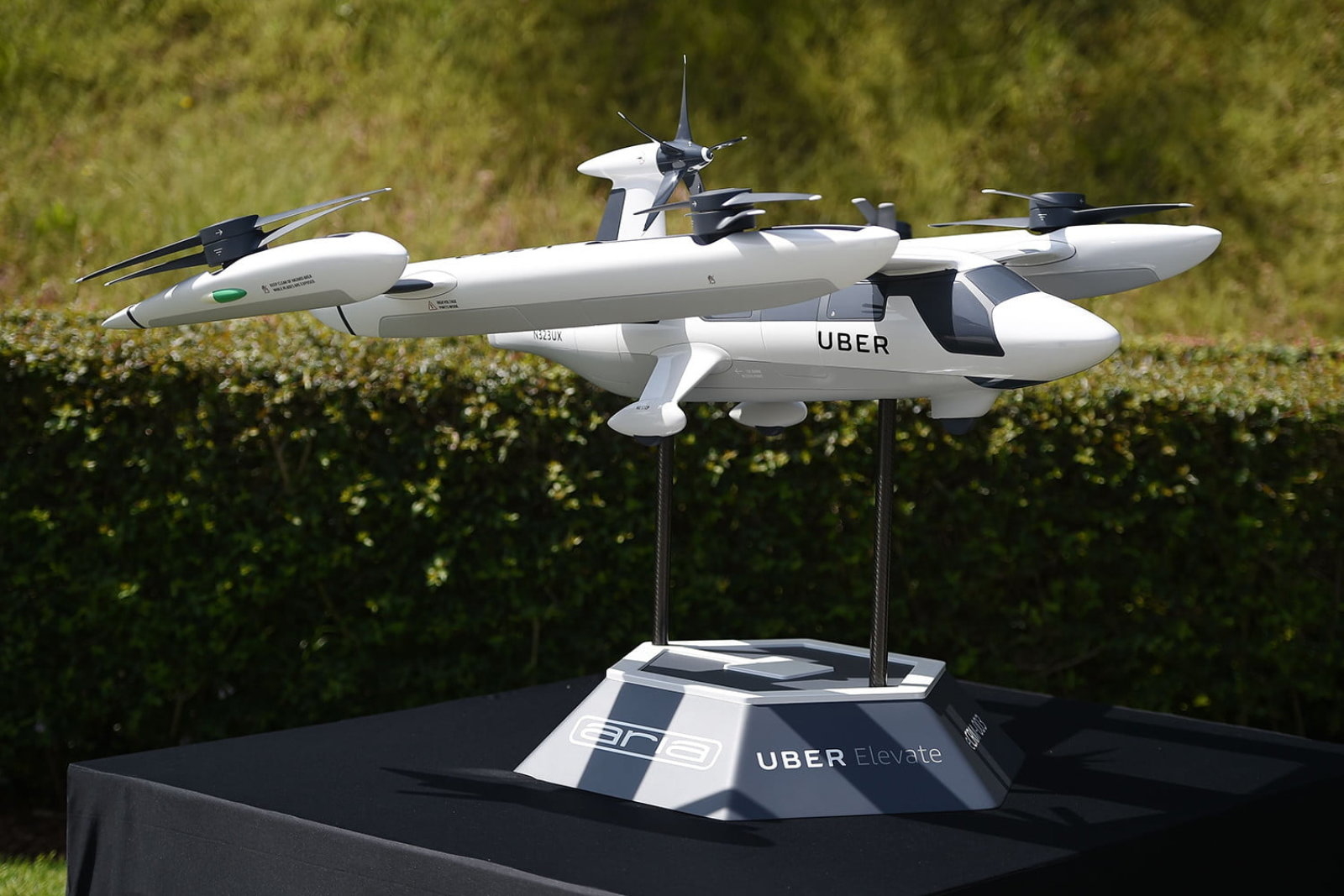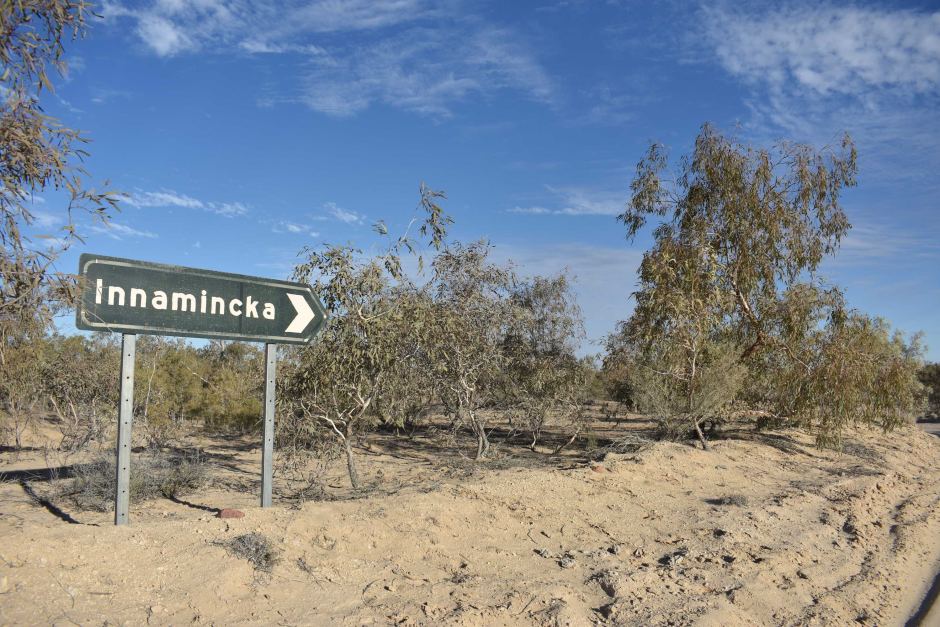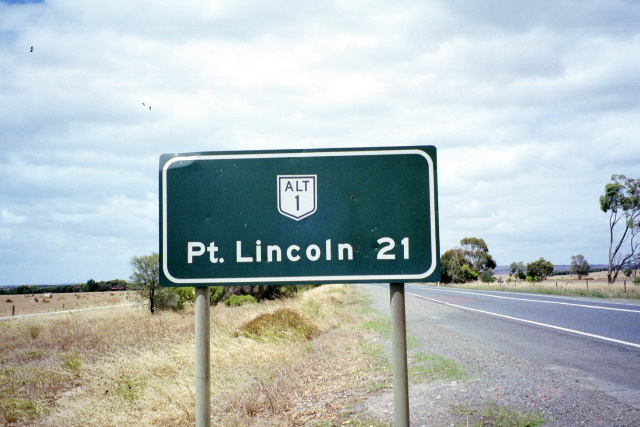
Uber wants to deliver ‘flying burgers’ to you by 2021

We have been hearing about flying robots delivering food to a user’s location for over half a decade now, but complicated legal regulations have kept food-delivery drones grounded till now. This week, the drone-delivery fire was stoked again – by none other than Uber.
In a job listing spotted by the Wall Street Journal, Uber said it was looking for an operations executive with experience in “flight standards and training”. This hire would “enable safe, legal, efficient and scalable flight operations” for UberExpress, a subsidiary of UberEats food-delivery service.
And here comes the best part: Uber has explicitly expressed a desire to hire someone who can “help make delivery drones functional as soon as next year and commercially operational in multiple markets by 2021.”
The job listing has since been taken off the company website, with Uber asserting that the program is still in its infancy. But the fact that such a vacancy exists in the first place only bolsters the vision CEO Dara Khosrowshahi shared at the Uber Elevate summit earlier this year. Talking about the future of on-demand, urban air transportation, Khosrowshahi had quipped, “It’s my personal belief that a key to solving urban mobility is flying burgers in any city. We need flying burgers. Everyone needs it, so we’re working on that.”
Nonetheless, Uber’s 2021 timeline for food-delivery drones is still very, very ambitious. And we say that because Jeff Bezos envisioned Amazon Prime Air drone-delivery service in December 2013, and that project is yet to become operational commercially.
You can read all about the regulatory hiccups and operational complexities drone projects have faced in the United States in this blog post we did some time ago: Of turbulent history and smooth outlook – Drone delivery and American skies
That said, Uber does have one thing going for itself: Earlier this year, the US government accepted Uber as part of a commercial test program on food-delivery by drones in San Diego. So, clearly, the company sees a future in drones; we just have to wait for that ‘flying burger’ to arrive!








